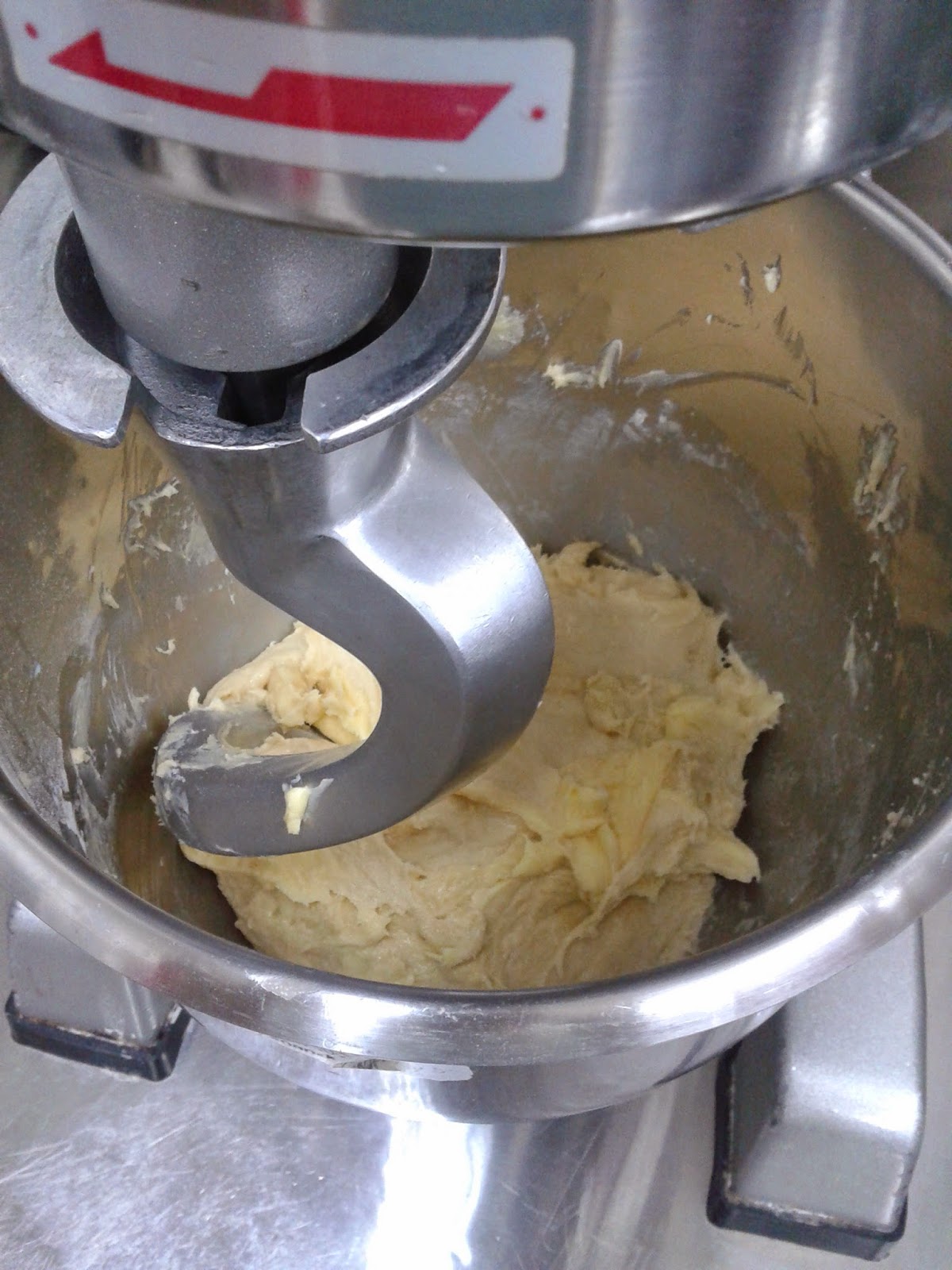Molecular Gastronomy : Spherification
Molecular Gastronomy (MG) refers to the scientific discipline that studies the physical and chemical processes that occur while cooking. It is also known as multi-sensory cooking, modernist cuisine, culinary physics, and experimental cuisine.
~
One method used in MG is spherification, which is the culinary process of shaping a liquid into spheres which visually and texturally resemble roe.
This may sound difficult to make, but is actually very simple, requiring only 2 special ingredients..
-Calcium Chloride
Sodium Alginate is a brown seaweed extract, and comes in powder form.
Calcium Chloride is a calcium salt that adds calcium ions to a liquid, but has a nasty taste of saltiness and bitterness.
~
In this post, I am going to use the Basic Spherification method.
First, I blend the fruit juice with Sodium Alginate to mix well. The fruit juice must not be acidic, nor contain calcium, if not spherification would not take place.
In this case, I used Watermelon Juice.
~


The liquid on the left is the Watermelon juice with Sodium Alginate mixture, and the liquid on the right is Calcium Chloride and Water.
~
Using a syringe, drop the watermelon mixture from a height from the Calcium Chloride solution. Rinse the gelled watermelon spheres and you are ready to eat!
~

Here are my spheres!
When eaten immediately, the spheres would 'pop' in your mouth, releasing the sweet juice the thin membrane surrounds.
When eaten immediately, the spheres would 'pop' in your mouth, releasing the sweet juice the thin membrane surrounds.
I was so busy making it that when I had time to eat it, it had completely gelled throughout the sphere! It's like eating very soft gummy that is not chewy.
But it tasted just like watermelon.
Don't they just look like fish roe?






.gif)